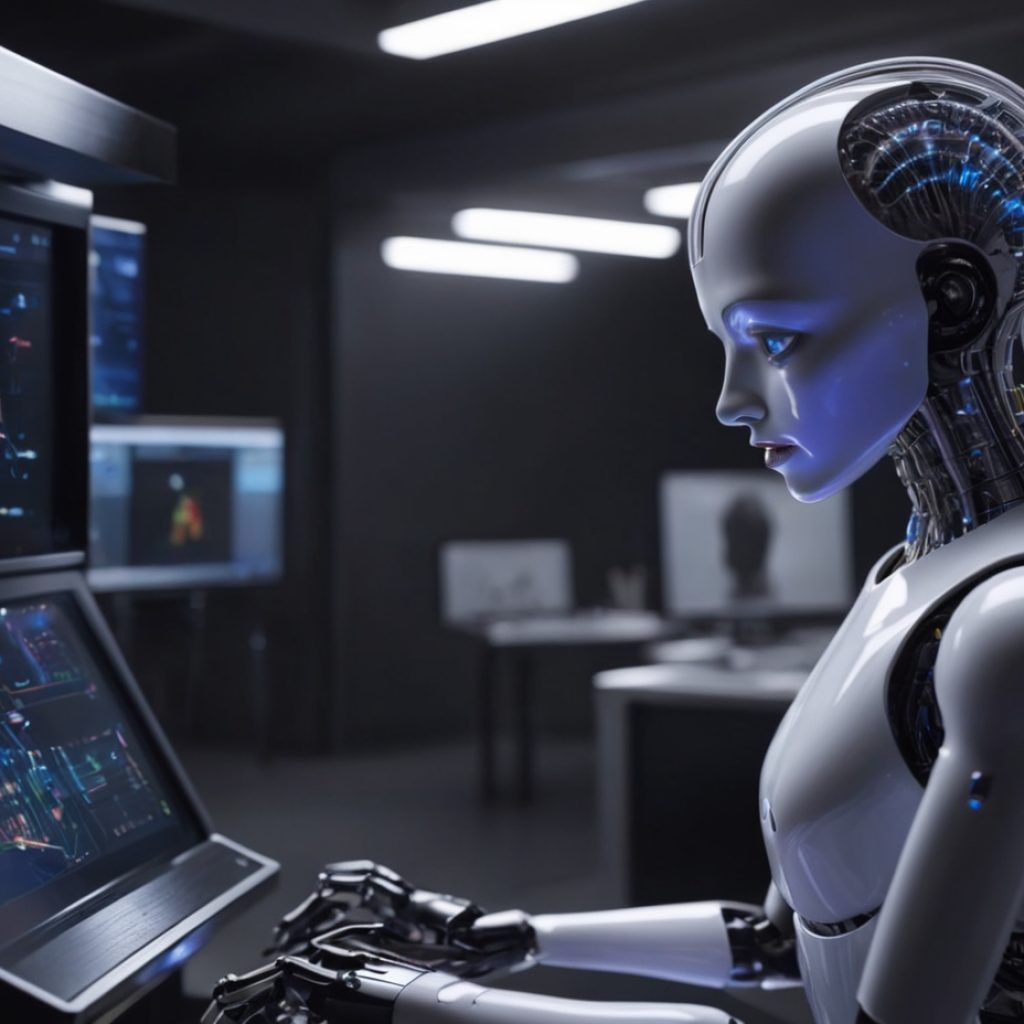According to the report by Microsoft and LinkedIn, 75% of knowledge workers of any age group have started using artificial intelligence at work, including 46% of them began applying AI in their tasks six months ago, and the remaining 52% use AI in the most crucial task at the workplace.
The employee-driven AI shift
As the Axios interview notes, LinkedIn CEO Ryan Roslansky admits that the moment of AI arrival couldn’t have come at a better time. Previously, AI used to emerge from the top down, but now it is coming from the bottom up as its use case has multiplied.
This indicates that rates are working to find ways to incorporate AI into their everyday tasks because they know it is important to have it as part of their skills and jobs. A survey of 31,000 people in 31 countries showed that 78% of cerebral knowledge workers using AI aren’t waiting for companies to offer it.
Therefore, the two most commonly used AI tools in the modern age are OpenAI’s ChatGPT and Microsoft’s Copilot. During the last survey, half of the data scientists using AI hid it from their bosses because they thought it might be considered a crutch and that they were about to be replaced. On the other hand, familiarity with AI might give the workers an advantage since 66 out of 100 bosses thought they wouldn’t hire someone without such skills and competencies.
Seventy-one percent of employers admit that they would prefer to hire a candidate who is a master of AI skills and less experienced, even if they had come with more practical fieldwork experience. A year later, 77 percent declared that about the same AI will allow employers to distribute more responsibilities to the in-career talent. Doing the job of management, making friends, negotiating, and problem-solving are part of this position.
Prioritizing AI prowess
As hyped Microsoft and LinkedIn point out, for an employee, AI will not only raise the bar but eliminate the career ceiling as well. AI could be the tide spreading all over the levels of work, thus creating an opportunity for all to grow. Employees will be called upon to demonstrate their critical thinking skills no matter the level of their employment within a corporation.
Roslanski suggests that exercises involving AI will make job titles and responsibilities on some tasks easily performed, leaving critical thinking to people. Sheila Jordan, SVP, senior digital technology officer at Honeywell, says:
“To stay in the lead, AI training for everyone is one of the key priority areas that we have set on ourselves to enable users worldwide to enjoy the benefits of Copilot for Microsoft 365 and the whole spectrum of AI solutions. We have also introduced the Gen AI Academy throughout the globe.”
Executives need to do their homework by introducing anti-AI regulations that should be passed as soon as possible and by giving extensive training in AI to their employees, as Roslansky suggests.
LinkedIn’s CEO suggests that CEOs, CIOs, and HR executives should be at the forefront of urging AI to fill this gap; they “will be the proactive leaders and give their organizations a competitive edge.
While AI leaders have said that, being still only in the infancy of the technology, nearly all AI users already claim it as a time saver, a Microsoft and LinkedIn Facebook survey shows the same. 90% – Saves time, 85%- Insert most important task, 83% of work gives one satisfaction, 79% – The scope of job opportunities should be expanded, 76% bring your own to the workbench will highly still make you catch any chance that always exists, giving you a big advantage to still be taken by somebody and get a chance to realize your dream of having your job.





